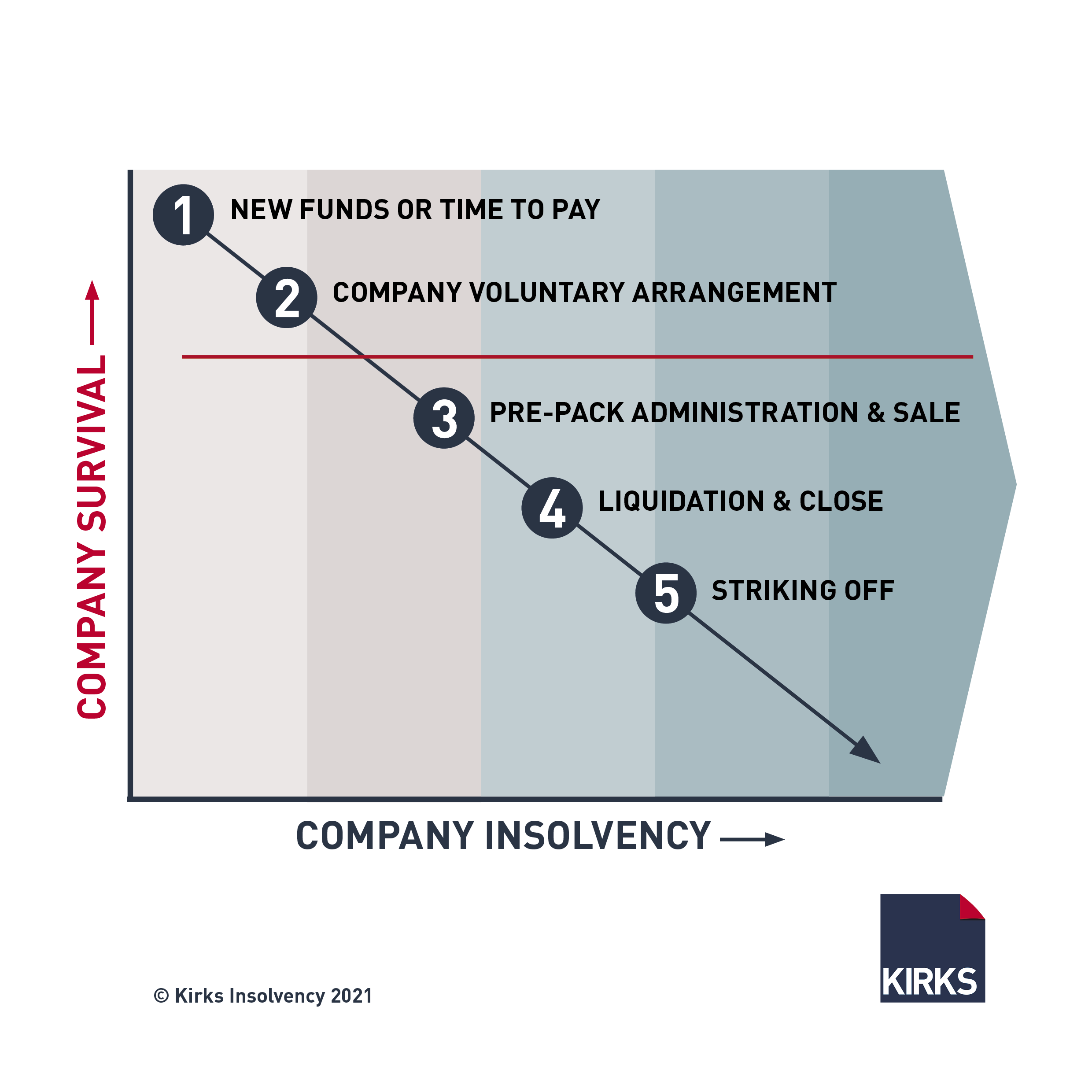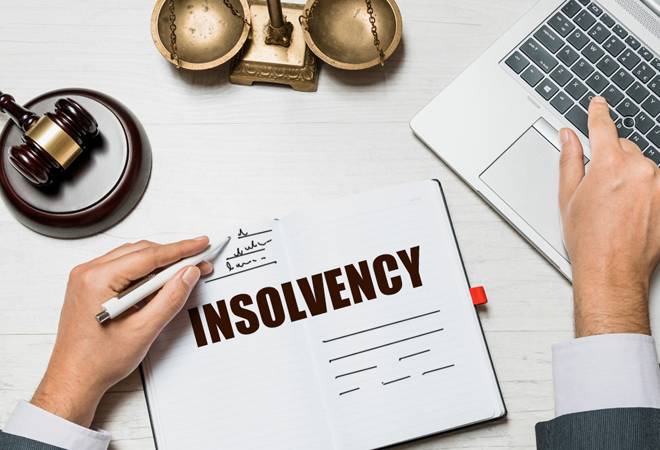Unknown Facts About Insolvency Practitioner
Unknown Facts About Insolvency Practitioner
Blog Article
Getting My Insolvency Practitioner To Work
Table of ContentsThe Buzz on Insolvency PractitionerThe smart Trick of Insolvency Practitioner That Nobody is DiscussingUnknown Facts About Insolvency PractitionerUnknown Facts About Insolvency PractitionerSome Known Questions About Insolvency Practitioner.Little Known Facts About Insolvency Practitioner.The Facts About Insolvency Practitioner Revealed
Insurance coverage is checked and regulated by state insurance coverage divisions, and one of their main purposes is securing policyholders from the danger of a firm in financial distress. When a business goes into a period of economic problem and is unable to meet its commitments, the insurance policy commissioner in the business's home state launches a processdictated by the regulations of the statewhereby efforts are made to help the business restore its monetary footing.If it is figured out that the business can not be restored, the company is declared insolvent, and the commissioner will ask the state court to purchase the liquidation of the business. The insurance commissioner, either selected by the guv or chosen, heads the state insurance policy department and screens and regulates insurance policy task within the state.
By acquiring control of a company, the commissioner (or the insurance policy division) is, by legislation, the rehabilitator or liquidator of the company. In this capability, the commissioner or department takes control of the business's procedures. Instead than do so straight, the commissioner may preserve an unique deputy receiver to oversee the business's activities.
Insolvency Practitioner Fundamentals Explained
The receiver manages a bookkeeping of the company's possessions and liabilities and administers the estate of the company. In doing so, the receiver seeks to maximize the company's assets, move them to cash, and after that distribute that money to lenders having valid cases against the insurance firm according to payment top priorities defined by state legislation (in all states, insurance policy holders are top priority plaintiffs whose claims are paid before those of basic lenders).
All insurance coverage companies (with minimal exemptions) licensed to sell life or health and wellness insurance coverage or annuities in a state need to be participants of that state's guaranty association. The warranty association accepts the commissioner and the receiver in pre-liquidation preparation. As soon as the liquidation is bought, the guaranty organization offers protection to the business's policyholders who are state homeowners (up to the levels specified by state lawssee below; any benefit amounts over the warranty asociation benefit levels come to be claims against the business's remaining possessions).
Insolvency Practitioner Fundamentals Explained
The above protection degrees apply individually for every insolvent insurance provider. [Back] When an insurance firm stops working and there is a shortage of funds needed to satisfy the obligations to insurance policy holders, state warranty organizations are activated. Warranty associations have two primary resources of funding when giving coverage to insurance policy holders. First, guaranty organizations have subrogation legal rights to a proportional share of the assets continuing to be in the stopped working insurer.
Second, insurers doing service in that state are evaluated a share of the quantity needed to satisfy the part of the guaranty associations' covered insurance claims not or else moneyed with estate possessions. The amount insurance companies are evaluated is based on the amount of costs that they collect in that state. The National Company of Life and Wellness Insurance Coverage Warranty Organizations (NOLHGA) is made up of the life and wellness insurance policy warranty organizations of all 50 states and the Area of Columbia.
NOLHGA establishes a job pressure of representative warranty associations to function with the insurance coverage commissioner to develop a strategy to shield policyholders. For more details on NOLHGA's duty while doing so, see "What Is NOLHGA?" and "The Safety And Security Net at Work." [Back]
The Only Guide for Insolvency Practitioner

Predictive security by helping you pick the appropriate clients and the right markets to stay clear of negative financial debt to begin with, many thanks to intense financial analysis. Thorough market intelligence, supplying you with 360-degree visibility on organization fields and putting in jeopardy difficulties. It would certainly be a simplification to assume a profession credit scores insurance begins and finishes with premiums and pay-outs.

The Basic Principles Of Insolvency Practitioner
Why does a company get in right into bankruptcy? There are a number of reasons why a company may enter into bankruptcy.
Other factors for bankruptcy consist of scams, mismanagement, and unexpected expenses. When a firm ends up being financially troubled, its possessions are utilized to repay its debts. This can have a significant impact on business, as it may no much longer be able to proceed running. Insolvency can also lead to task losses and the closure of services.
The Ultimate Guide To Insolvency Practitioner
The business might be compelled to sell assets, lay off staff or also close down. Creditors might be left out of pocket and the firm's shareholders may see their financial investment disappear.
This can take place for a number of reasons, consisting of bad economic monitoring, unforeseen expenses, or an adjustment in the marketplace. If a firm is insolvent, it may be compelled to her comment is here shut down or liquidate possessions to pay financial institutions. This can have a major influence on the business, workers, and investors.
Why does a company get in into bankruptcy? There are a number of reasons why a firm may enter into bankruptcy.
Facts About Insolvency Practitioner Uncovered
Various other reasons for insolvency include scams, mismanagement, and unforeseen costs. Bankruptcy can also lead to task losses and the closure of services.
This can have major implications for the firm, its stakeholders, financial institutions and the economy. The company might be compelled to market properties, gave up personnel or perhaps shut down. This can have a knock-on result on the local neighborhood and the economic climate as a whole. Lenders might be overlooked of pocket and the company's investors might see their investment disappear.
Report this page